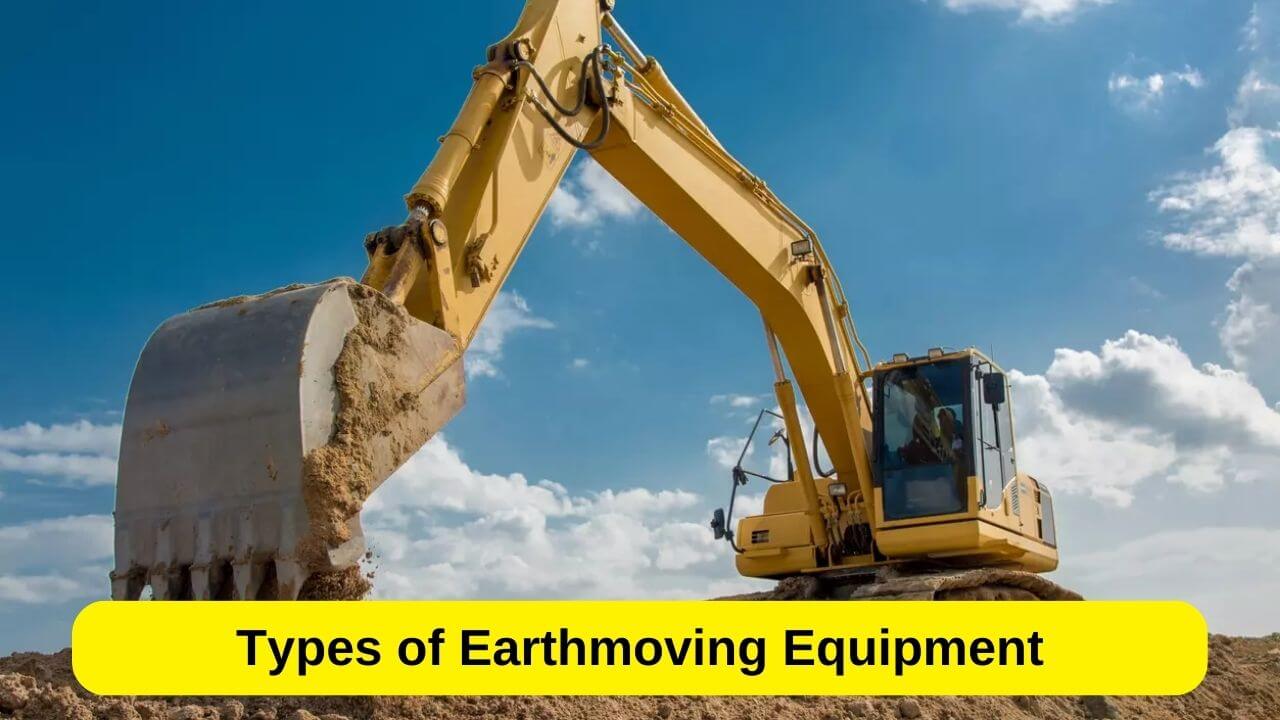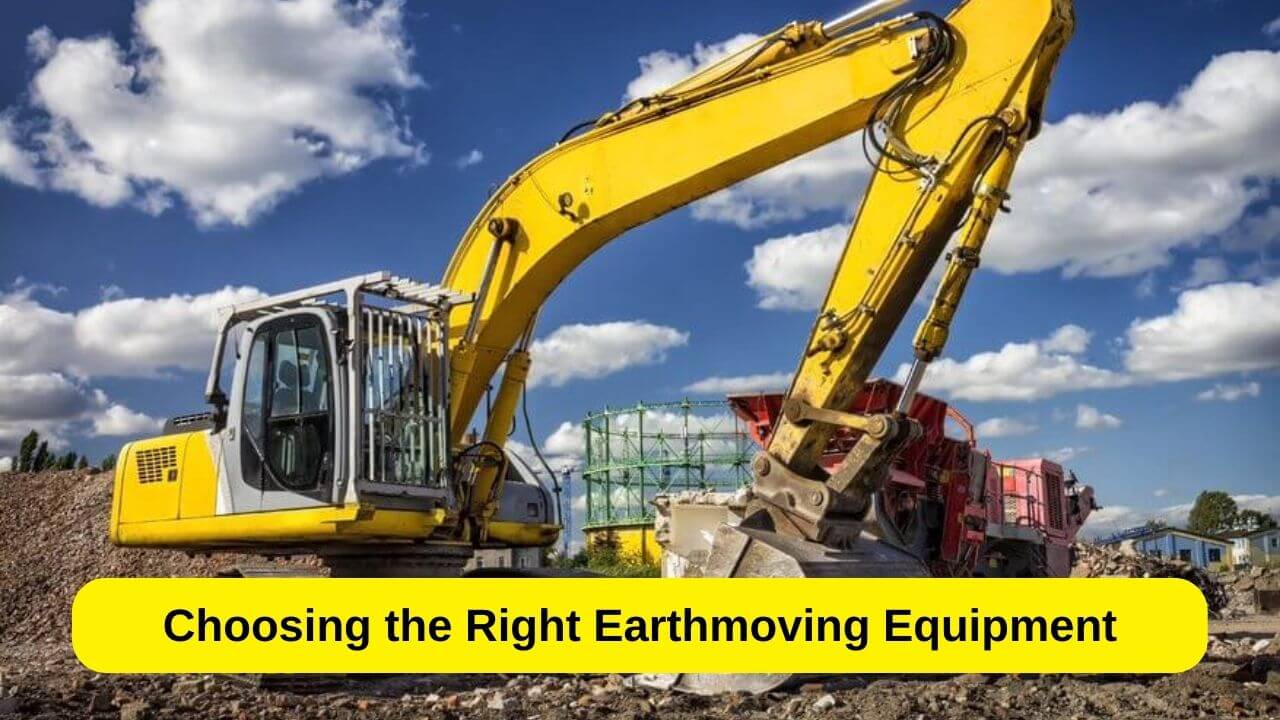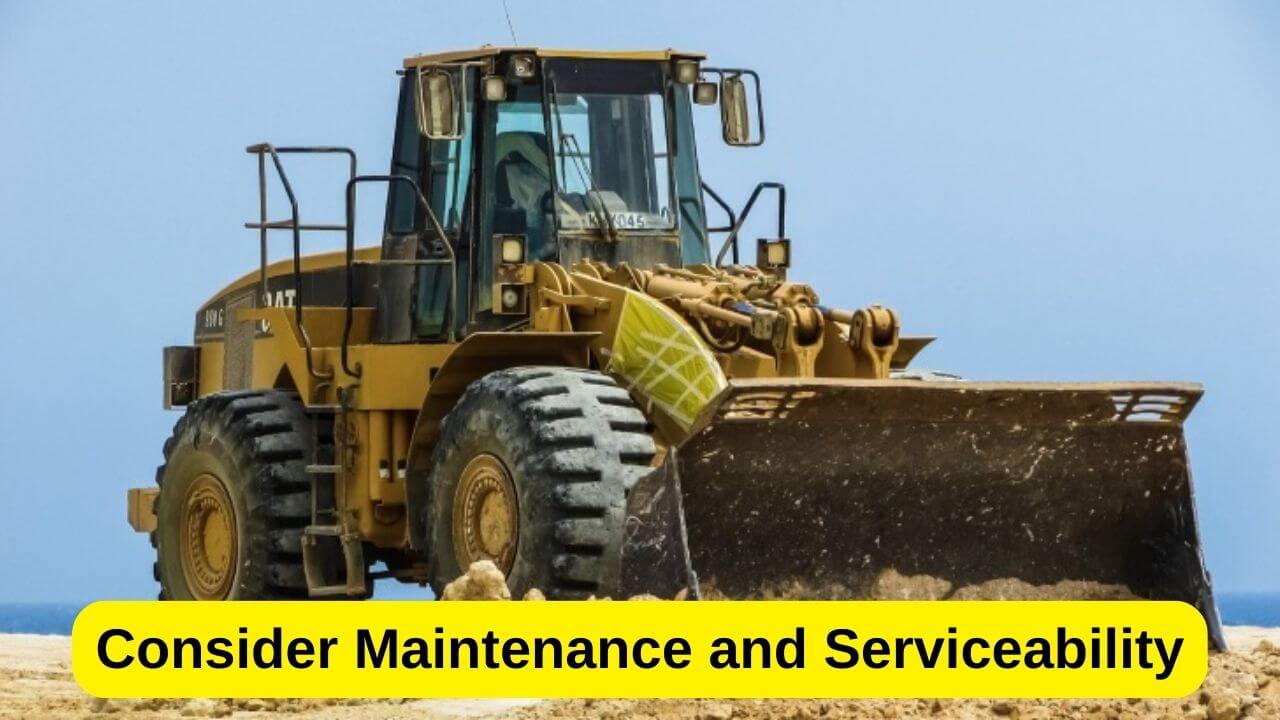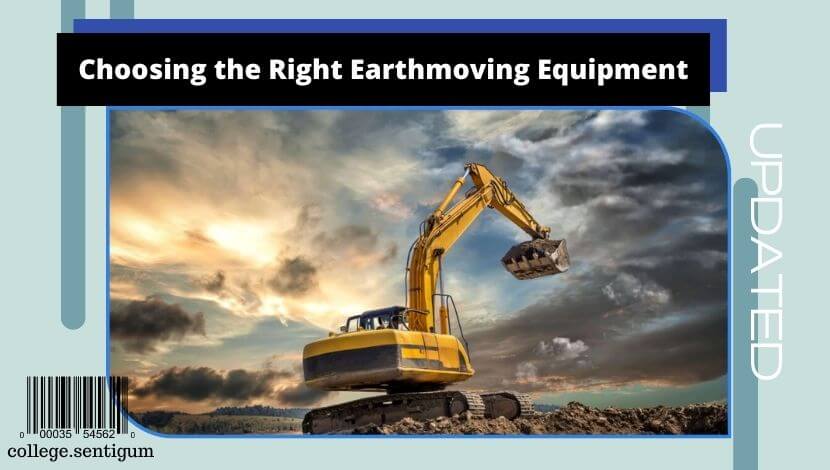Choosing the Right Earthmoving Equipment – Earthmoving equipment refers to a broad category of heavy machinery specifically designed for various tasks related to moving, excavating, and shaping large quantities of earth or other materials.
This equipment is commonly used in construction, mining, landscaping, and other industries where extensive earthwork is required.
Earthmoving equipment includes a wide range of machines, each designed for specific purposes.
For example, Excavators are large machines equipped with a boom, stick, and bucket.
They are used for digging trenches, excavating foundations, loading/unloading materials, and performing various tasks requiring precise digging capabilities.
Types of Earthmoving Equipment

Choosing the right earthmoving equipment depends on several factors, including the nature and scale of the project, the type of terrain, the required tasks, and the budget.
Here are some common types of earthmoving equipment and their applications:
Excavators
Excavators are versatile machines that are used for various tasks, such as digging trenches, excavating foundations, and moving large amounts of soil.
They come in different sizes and can be equipped with various attachments like buckets, breakers, and grapples.
Bulldozers
Bulldozers are heavy-duty machines equipped with a large blade on the front.
They are ideal for pushing and leveling soil, grading surfaces, and clearing debris.
Bulldozers are commonly used in road construction, land clearing, and mining operations.
Wheel Loaders
Wheel loaders are used for loading and transporting materials, such as soil, gravel, and construction debris.
They have a front-mounted bucket that can be raised and tilted for efficient loading and unloading.
Wheel loaders are commonly used in construction, mining, and agricultural applications.
Graders
Graders, also known as motor graders, are used for fine grading and leveling of surfaces.
They are equipped with a long blade that can be adjusted to create slopes, level roads, and prepare surfaces for paving.
Graders are commonly used in road construction and maintenance.
Backhoes
Backhoes combine the capabilities of a loader and an excavator in a single machine.
They have a digging bucket on one end and a loader bucket on the other.
Backhoes are versatile machines used for digging, trenching, material handling, and loading/unloading.
Skid Steer Loaders
Skid steer loaders are compact machines with a small turning radius, making them suitable for confined spaces.
They are equipped with lift arms and attachments, such as buckets, forks, and sweepers, for various tasks like excavation, debris removal, and material handling.
Trenchers
Trenchers are specialized machines used for digging trenches for utilities like pipes, cables, and drainage systems.
They come in various sizes and configurations, including chain trenchers, wheel trenchers, and micro-trenchers.
Read More: The Impact of Electric Heavy Equipment on Sustainability
Choosing the Right Earthmoving Equipment

Choosing the right earthmoving equipment requires careful consideration of several factors.
Here’s a step-by-step guide to help you make an informed decision:
Determine Project Requirements
Understand the specific needs of your project.
Consider the scope, scale, and nature of the work you need to accomplish.
Assess the required tasks, such as excavation, hauling, grading, or material handling.
Determine the load capacities, digging depths, reach requirements, and other specifications necessary for your project.
Assess Terrain Conditions
Evaluate the characteristics of the terrain where the equipment will be used.
Consider factors such as soil type, slope gradients, ground stability, and any obstacles or obstructions present.
Different equipment may be better suited for various terrain conditions.
For example, if you’re working on rough or uneven terrain, you might need equipment with enhanced stability or tracks instead of wheels.
Consider Equipment Types
Research and identify the types of equipment that align with your project requirements and terrain conditions.
Common types include excavators, bulldozers, wheel loaders, graders, backhoes, trenchers, and skid steer loaders.
Each type has its own capabilities and limitations.
Evaluate their features, attachments, and functionalities to ensure they meet your specific needs.
Determine Equipment Size and Capacity
Equipment size and capacity should match the scale of your project.
Consider factors such as the volume of material to be moved, the depth and width of trenches or excavations, and the lifting or loading requirements.
Ensure that the chosen equipment can handle the anticipated workload efficiently without being underpowered or oversized.
Assess Productivity and Efficiency
Evaluate the productivity and efficiency of the equipment.
Look for features that enhance performance, such as advanced controls, automation, fuel efficiency, and quick attachment change systems.
Consider the equipment’s cycle times, speed, maneuverability, and operator comfort to maximize productivity on the job site.
Consider Maintenance and Serviceability

Evaluate the maintenance requirements and serviceability of the equipment.
Check if the manufacturer or supplier has a reliable support network, readily available spare parts, and service technicians.
Easy access for maintenance and repairs can minimize downtime and keep the equipment operational.
Evaluate Safety Features
Safety is paramount in any construction project.
Consider the safety features incorporated into the equipment, such as rollover protection structures (ROPS), falling object protection structures (FOPS), backup cameras, alarms, and ergonomic design.
Prioritize equipment that promotes a safe working environment for operators and bystanders.
Assess Cost and Budget
Consider the initial purchase price, as well as the long-term costs associated with operating, maintaining, and servicing the equipment.
Factor in fuel consumption, parts availability, and potential downtime.
Evaluate whether renting, leasing, or buying the equipment aligns with your budget and project timeline.
Seek Expert Advice
If you’re uncertain about the equipment selection, consult with equipment suppliers, contractors, or industry professionals.
They can provide valuable insights and help you make an informed decision based on their expertise and experience.
Read More: 10 Tips for Renting Heavy Equipment
Conclusion
In conclusion, selecting the right earthmoving equipment is a critical decision that can significantly impact the success of your project.
By considering factors such as project requirements, terrain conditions, equipment types, size and capacity, productivity and efficiency, maintenance and serviceability, safety features, and cost, you can make an informed choice.
Taking the time to evaluate these factors and seeking expert advice when needed will help ensure that the equipment you choose is suitable for the specific tasks at hand, can operate efficiently in the terrain conditions, promotes safety on the job site, and fits within your budget.
By selecting the right earthmoving equipment, you can enhance productivity, minimize downtime, and achieve successful project outcomes.
